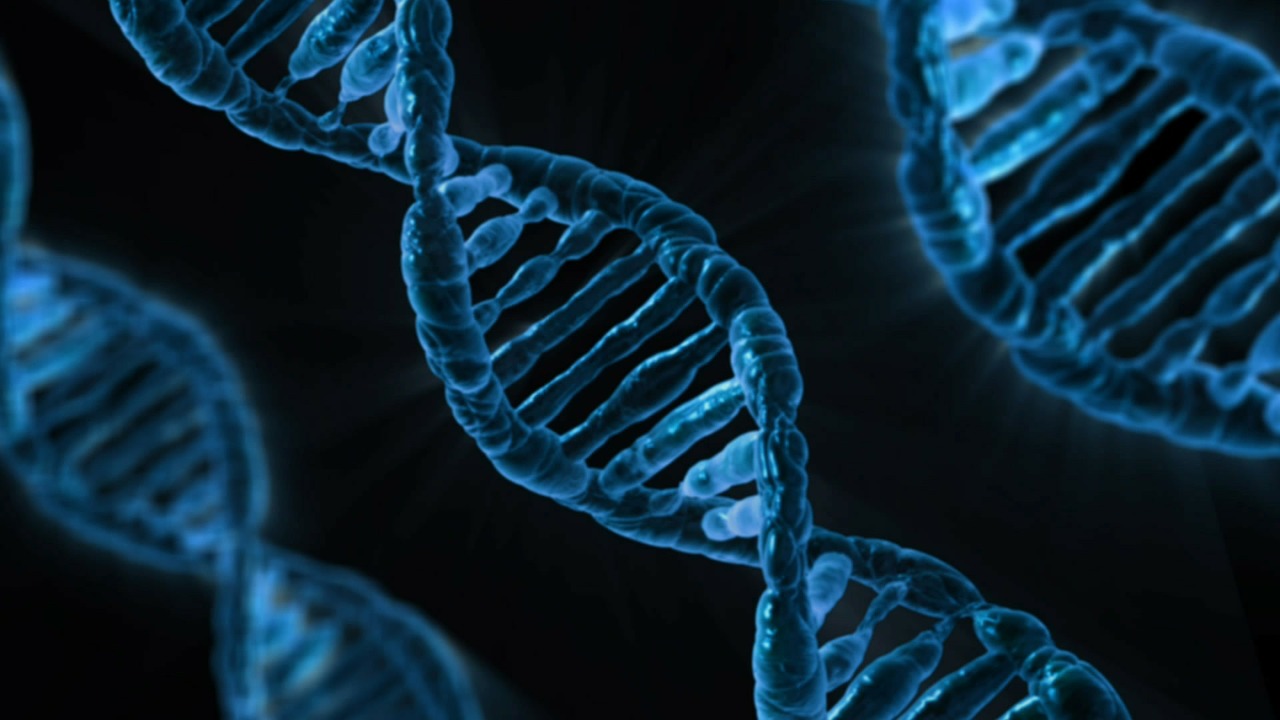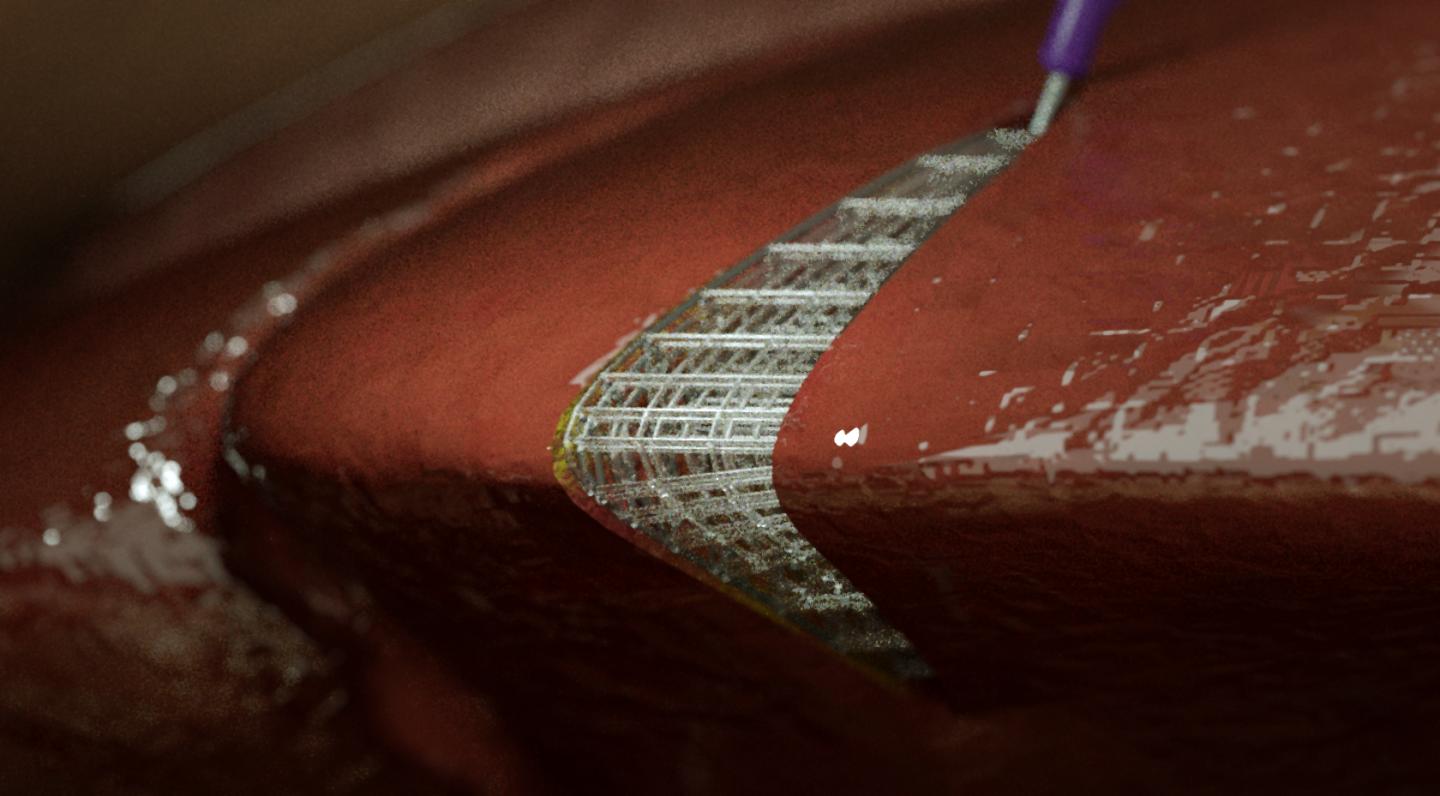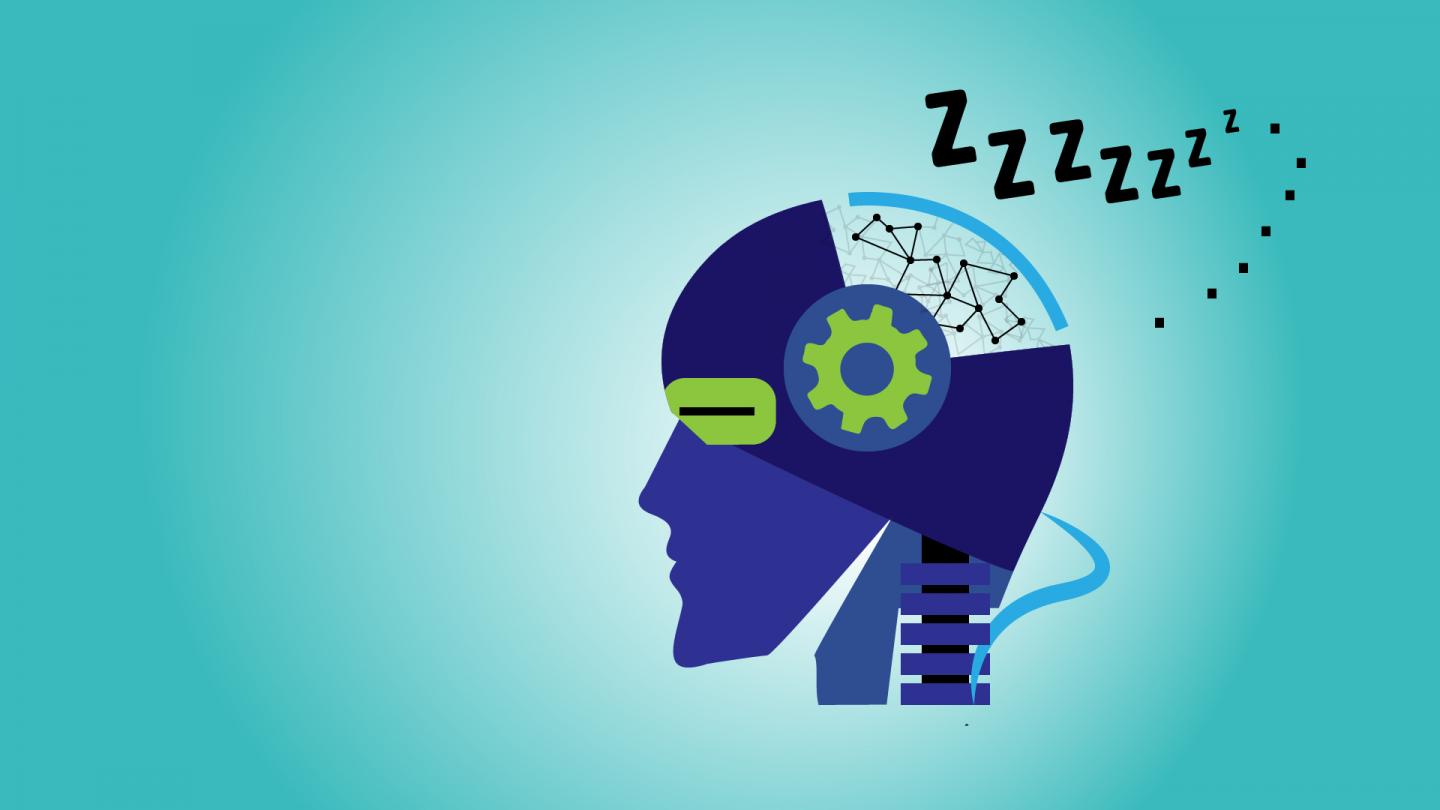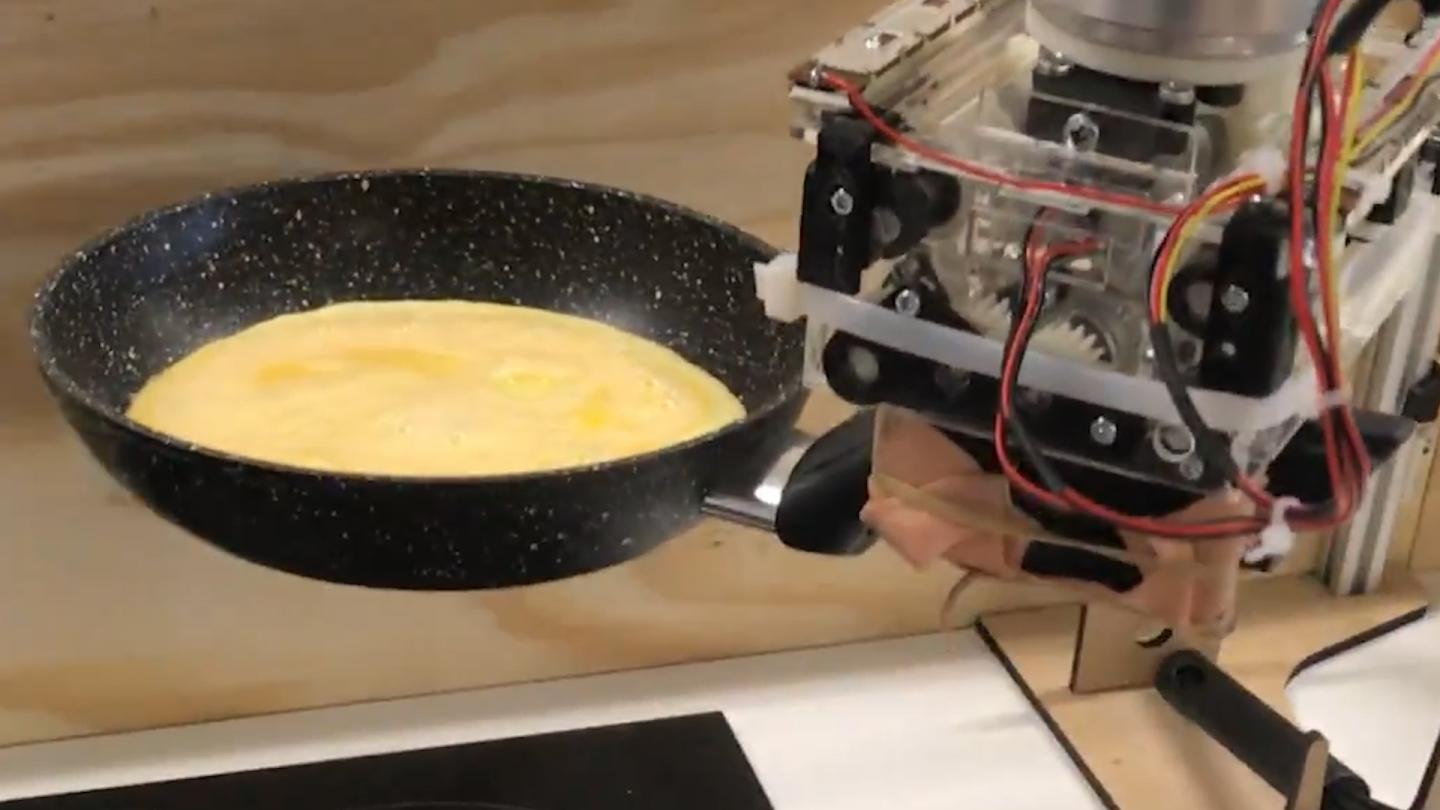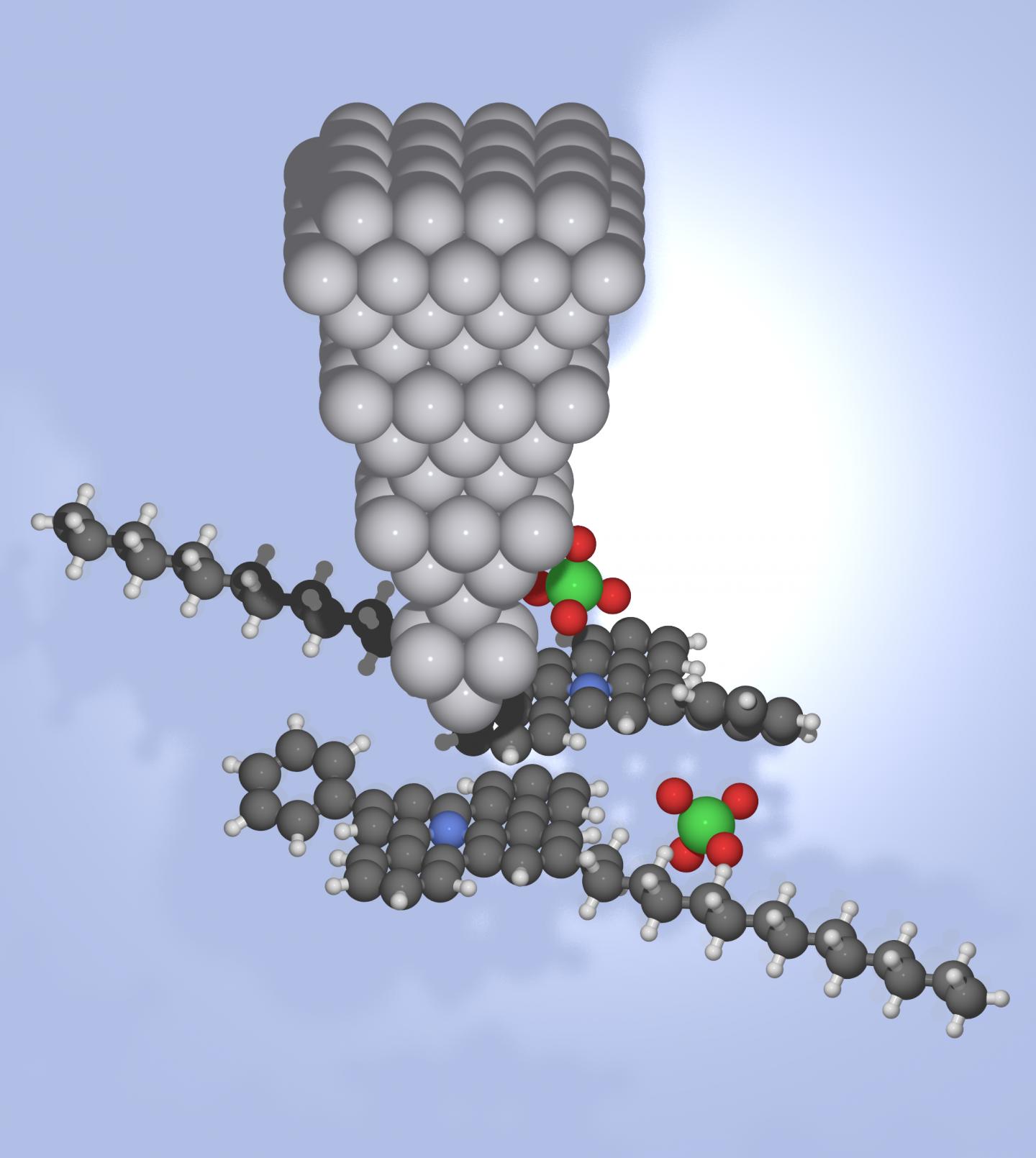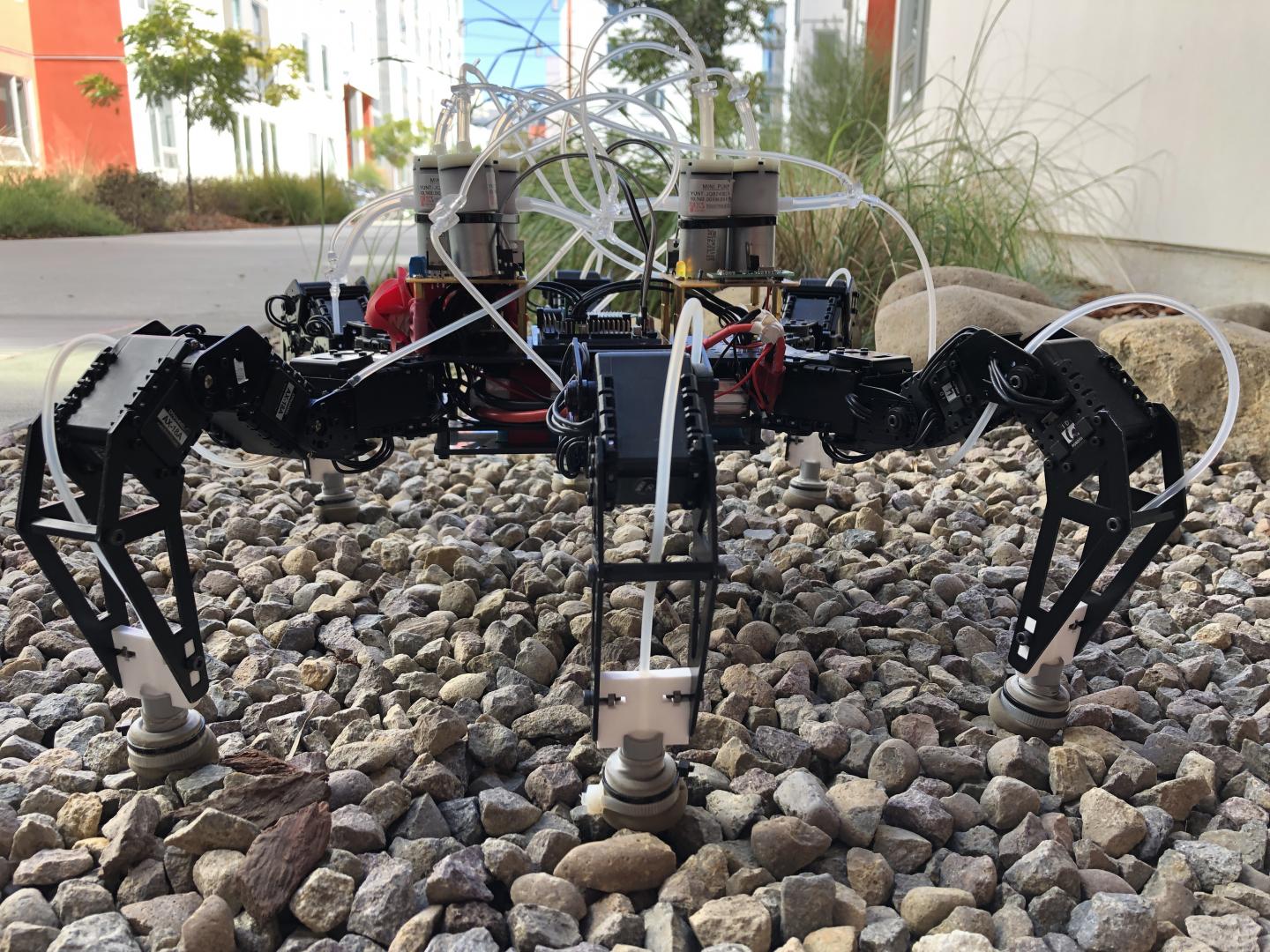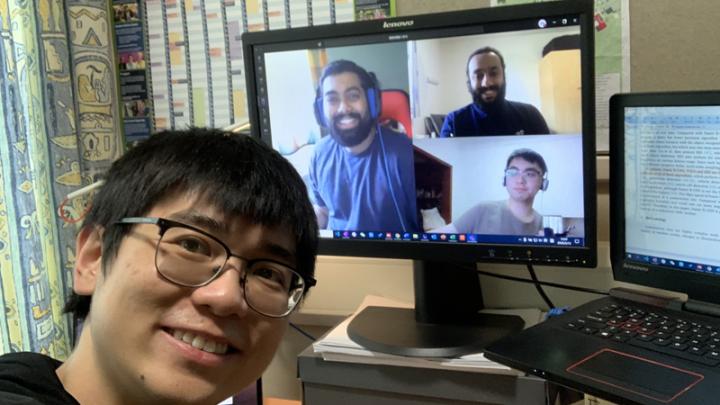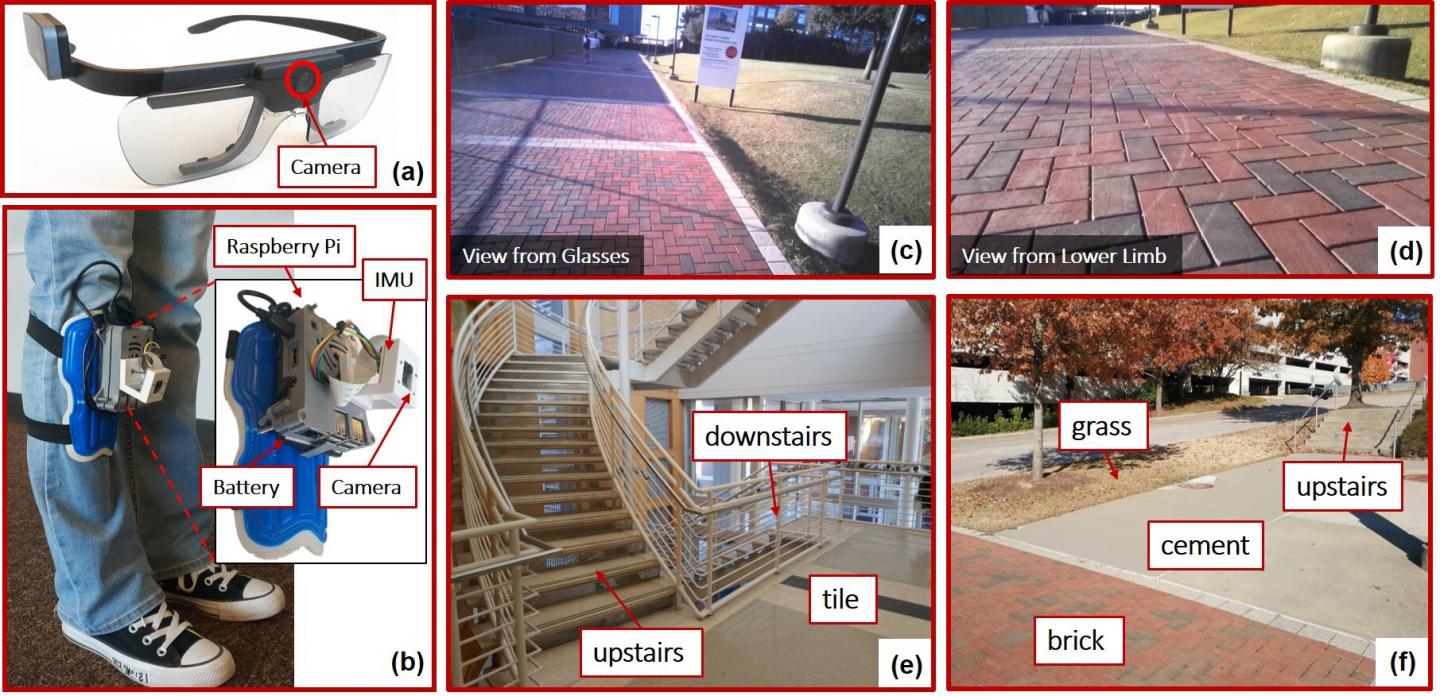Even as we underscore the contribution of this little over two-decade-old, ubiquitous wireless technology on World WiFi Day, we also have 5G, LiFi and even Aqua-Fi to think of
Posts published by “Leslie”
Other than being a writer, editor, moderator, and events' curator, I help companies devise an integrated communications strategy. I'm passionate about digital transformation and deep-tech topics such as artificial intelligence (AI), big data analytics, the Internet of Things (IoT), blockchain, fintech, electric vehicles, solar power and autonomous vehicles. I am an MIT Knight Science Journalism Fellow (2010-11), Boston; EARLIER ASSIGNMENTS include: Editor-South and National Technology Editor, Mint (HT Media) -- India; and Associate Editor, Business Standard.
Scientists at Johns Hopkins Medicine say they used CRISPR and light to cut DNA rapidly and with more precision. Their modified CRISPR Cas9 enzyme had cut more than 50 per cent of its targets within 30 seconds of shining the light on the cells.
Researchers say they have produced a bio-ink that has been specifically formulated to 3D print directly in the body, enabling doctors to deliver the right cells and materials directly to the defective part.
Androids may or may not have to count digital sheep to catch a wink, but they will almost certainly need periods of rest to perform consistently. The reason: When rested,…
Researchers from the University of Cambridge in collaboration with domestic appliance company Beko have used machine learning to train a robot to make tasty eggs and serve them on a plate.
Computer hard drives of the future could be made up of smart molecules, offering 100 times the storage density of current hard drives. Well! In theory, at least.
It is possible to disinfect areas by killing the coronavirus with a personal, handheld device emitting high-intensity ultraviolet light. But since this approach requires UV radiation sources that emit sufficiently high doses of UV light, there is no good material choice for a UV-transparent conductor material as yet.
Flexible feet made of latex membrane filled with coffee grounds, can help robots walk up to 40% faster on uneven terrain such as pebbles and wood chips.
Students at Cranfield University have designed computer models that use computer vision and artificial intelligence (AI) to analyse chest X-ray imagery.
People using robotic prosthetics or exoskeletons may now be able to walk in a safer, more natural manner on different types of terrain, thanks to researchers who have developed software that can be integrated with existing hardware to enable a more natural gait.

